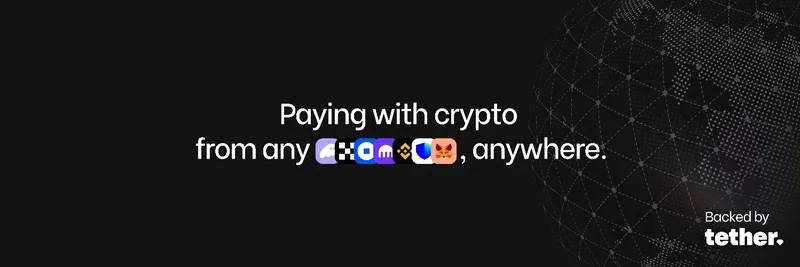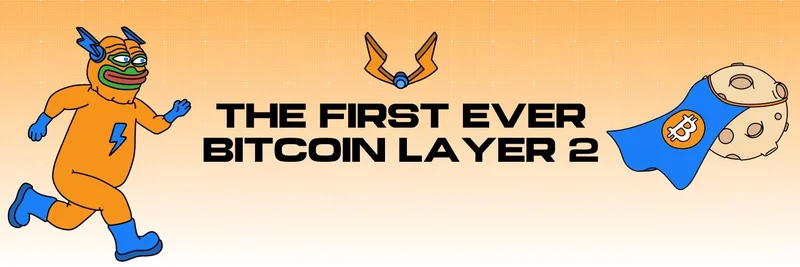In the wild world of crypto, history often repeats itself in unexpected ways. A recent clip shared by CounterParty TV on X (original post) features Hall of Fame trader Path (aka @Cryptopathic) chatting with host @NotThreadGuy about one of the most infamous events in Bitcoin's early days: the Mt. Gox collapse. If you're diving into meme tokens today, this story is a goldmine of lessons on risk, sentiment, and those heart-pounding market swings.
What Went Down with Mt. Gox?
For the uninitiated, Mt. Gox was the king of Bitcoin exchanges back in 2013-2014. Think of it as the Coinbase of its time, handling up to 85% of all Bitcoin trading volume. It was the place to buy and sell BTC. But then disaster struck: the exchange got hacked, losing nearly all its Bitcoin holdings—around 850,000 BTC at the time, worth billions today.
Information was scarce and murky. People weren't great at blockchain analysis yet, so rumors flew wild. When Mt. Gox halted withdrawals, panic set in. That's where things got really interesting—and risky.
The Birth of BTC IOUs: Trading Locked Assets
Path explains how clever users built an IOU (I Owe You) system right on the Mt. Gox platform. This allowed people to trade "locked" Bitcoin stuck in the exchange for "real" Bitcoin outside of it. Essentially, you could buy claims to Mt. Gox's potentially insolvent BTC using actual, withdrawable BTC.
"You could buy BTC that was locked in Mt. Gox for actual Bitcoin," Path recounts in the clip. "So there was an exchange rate between the two different types of Bitcoin which would fluctuate based on whether or not people believed Mt. Gox was solvent or not. You could get 100 BTC for 10—it had wild swings."
These IOUs weren't your standard crypto trades. They were more like betting on bankruptcy recovery or distressed debt. The price ratio swung dramatically based on news, leaks, or just gut feelings about whether Mt. Gox had any BTC left. If you had insider info or sharp analysis, you could make a killing. But get it wrong? You might wait a decade for any payout—as many did when repayments finally started rolling out years later.
Echoes in the Meme Coin Arena
Fast-forward to today, and this Mt. Gox saga feels eerily familiar to anyone trading meme tokens. Meme coins like Dogecoin, Shiba Inu, or the latest Solana pumps thrive on hype, rumors, and community sentiment—just like those IOU rates did. One tweet from a celeb or a dev update can send prices soaring or crashing by 10x in hours.
The key takeaway? Volatility isn't new to crypto. In meme token land, where projects can rug pull or pump on pure FOMO (Fear Of Missing Out), understanding information asymmetry is crucial. Path's story highlights how opaque info led to massive edges for the informed—and wipeouts for the rest.
Lessons for Modern Blockchain Practitioners
If you're building or trading in the meme space, here's what Path's tale teaches us:
Do Your Own Research (DYOR): Back then, blockchain sleuthing was primitive. Today, tools like Etherscan or Solana explorers let you verify token supplies, wallets, and more. Use them to spot red flags.
Sentiment Drives Markets: IOU prices flipped on solvency beliefs. Meme coins do the same with social media buzz. Track X trends, Telegram groups, and on-chain data to gauge the vibe.
Risk Management is King: Those wild 10:1 swings? Sounds like a meme coin moonshot or dump. Never bet more than you can lose, and consider stop-losses or diversified portfolios.
History Repeats: Mt. Gox victims waited 10 years for justice. In memes, rugs happen fast—learn from past collapses like FTX to avoid similar traps.
Path, praised in replies as a "chad" who paved the way alongside figures like Cobie, reminds us that crypto's roots are in high-stakes innovation. As meme tokens evolve with better tech and communities, stories like this build our collective knowledge base.
Stay ahead in the meme game—follow Meme Insider for more deep dives into token trends, tech updates, and trading wisdom. What's your craziest crypto history story? Drop it in the comments!




